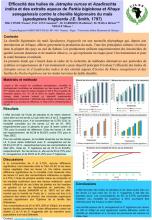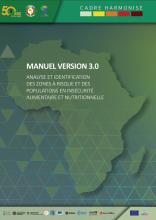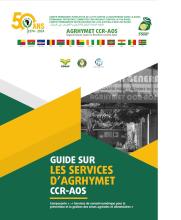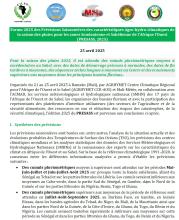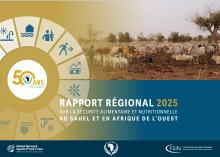Effectiveness of Jatropha curcas and Azadirachta indica Oils and Aqueous Extracts of Parkia biglobosa and Khaya senegalensis
The fall armyworm (*Spodoptera frugiperda*) is a phytophagous noctuid moth which, since its introduction into Africa, has severely affected maize production, one of the main staple crops in most sub-Saharan countries. Farmers predominantly use insecticides of often questionable quality and in an excessive manner, posing risks to the environment as well as to human and animal health.

